Description
The plant tastes somewhat like anise, with a strong, pungent, sweet smell. Basil is very sensitive to cold. It is best grown in hot, dry conditions. While most common varieties are treated as annuals, some are perennial, including African Blue and Holy Thai basil
Sticky Wild Basil is a subshrub, growing from a woody base. Branchlets are finely velvet-hairy, 4-angled, becoming round later. Leaves are decussate, elliptic to nearly round, up to 2 x 1.5 cm, densely velvet-hairy below, base flat, margin rounded toothed, tip blunt; leaf-stalk to 1 cm. Flowers are borne in whorls of 6, on a 3-chotomous raceme at branch ends.Plant Specifications*above specification are indicative only. actual dimensions may vary by +-10%
Common Name
Sweet basil tulsi
Maximum Reachable Height
8 to 18 feet
Flower Colour
Yellow to reddish
Bloom Time
Dry climate to bloom
Difficulty Level
Easy, Moderately easy
Planting and careMake sure that the soil is moist. Basil plants like moisture. If you live in a hot area, use mulch around the basil plants (the mulch will help keep the soil moist). Make sure to pick the leaves regularly to encourage growth throughout the summer. After 6 weeks, pinch off the center shoot to prevent early flowering. If flowers do grow, just cut them off. Sabja Plant careTo get a head start, start the seeds indoors 6 weeks before the last spring frost.Ensure your outdoor site gets 6 to 8 hours of full Sun daily; soil should be moist and well-drained.
Sunlight
Full Sun
Watering
Keep soil moist throughout the growing season
Soil
Well-drained soil
Temperature
25 to 30 degrees C
Fertilizer
Use any organic fertilizer
Sabja Plant special featureAfter the seedlings have their first six leaves, prune to above the second set.Every time a branch has six to eight leaves, repeat pruning the branches back to their first set of leavesSabja Plant uses
Ornamental Use:
Can be used for ornamental purpose
Medicinal Use:
Unverified information Because of its medicinal virtues, Tulsi is used in Ayurvedic preparations for treating various ailments
Note: The following information is general guidelines
Be sure to ask your healthcare provider for guidelines

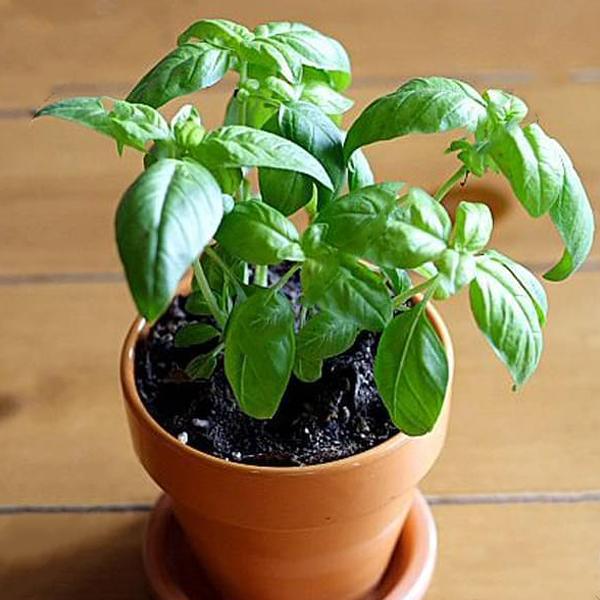
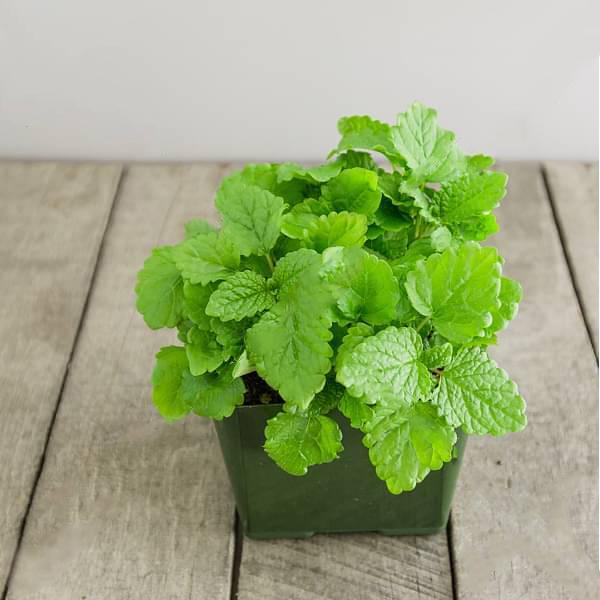
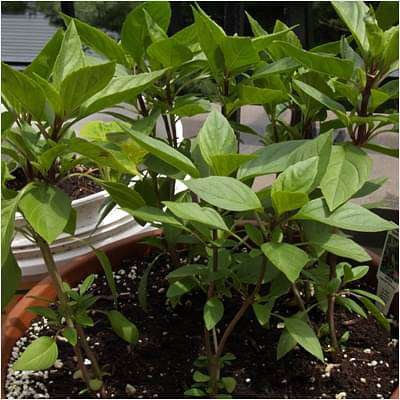
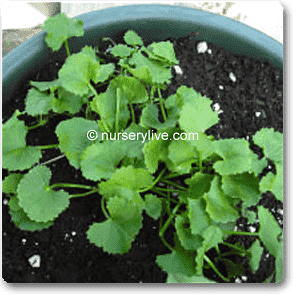
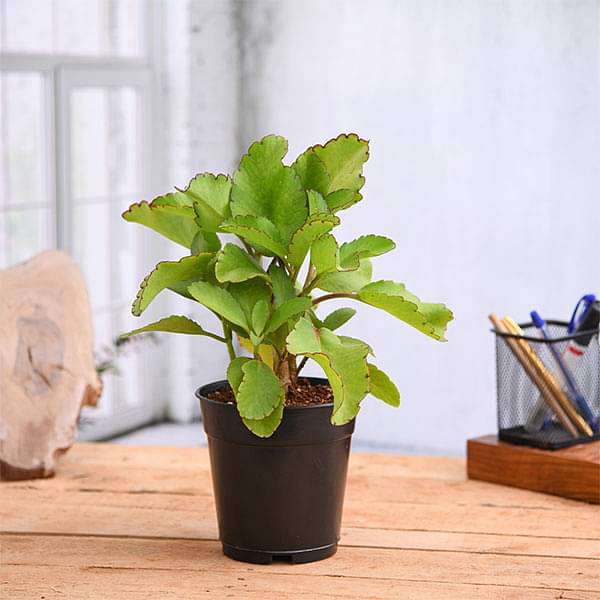
Reviews
There are no reviews yet.